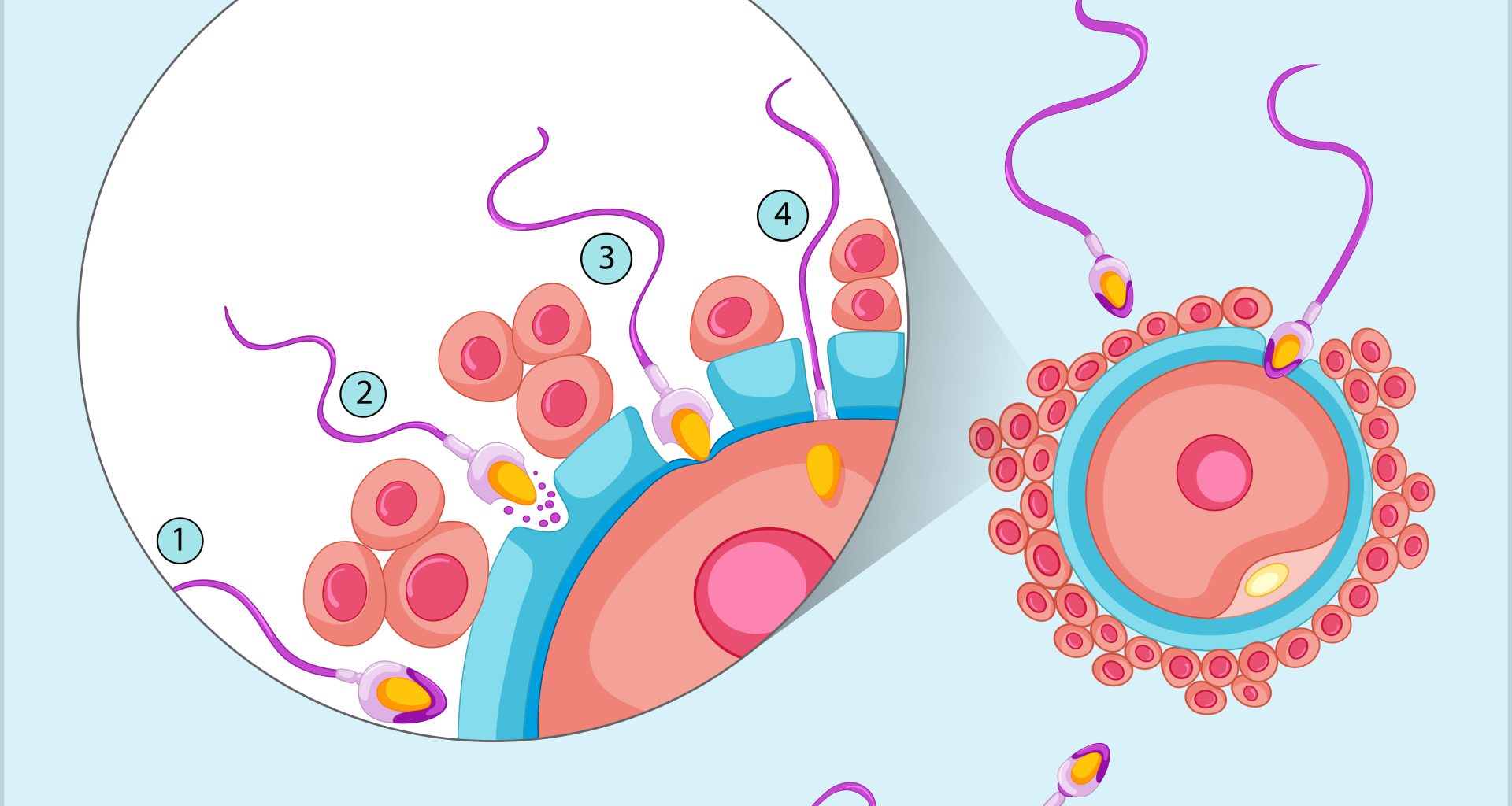Decisions, decisions. When it comes to fertility treatments, there are often tough choices to make. One particularly perplexing dilemma that has emerged in recent years is whether or not to transfer mosaic embryos.
You may be asking yourself, “What exactly is a mosaic embryo?” Well, allow me to shed some light on the subject. Mosaic embryos are those that have both normal and abnormal cells present during preimplantation genetic testing (PGT). This creates a sort of mixed mosaic pattern, hence the name.
Now, you might be wondering why anyone would consider transferring these seemingly imperfect embryos. That’s where things get interesting! In this blog post, we will delve into the pros and cons of transferring mosaic embryos and explore the ethical considerations surrounding this controversial topic.
So buckle up as we navigate through the intricacies of mosaic embryos and uncover what lies beneath their unique genetic makeup. Get ready for an eye-opening journey filled with insights into success rates, patient experiences, and much more! Let’s dive right in!
Understanding Mosaic Embryos
Mosaic embryos have become a hot topic in the world of fertility treatments, causing both excitement and confusion. To grasp their significance, we need to understand how they differ from other types of embryos.
Typically, during PGT, embryos are screened for chromosomal abnormalities before being transferred to the uterus. However, mosaic embryos present a different scenario altogether. They exhibit a mixture of normal and abnormal cells, making them unique entities with complex genetic profiles.
This mosaic pattern can arise due to errors during cell division or variations in DNA replication. While some cells may possess the correct number of chromosomes, others may harbor abnormal ones. This diversity within an embryo’s cellular makeup is what sets mosaics apart from their fully normal or abnormal counterparts.
Pros and Cons of Transferring Mosaic Embryos
When it comes to the transfer of mosaic embryos, there are several factors to consider. Let’s take a look at the pros and cons.
- On one hand, transferring mosaic embryos can offer hope for couples struggling with infertility. These embryos may have some abnormal cells, but they also have a potential for normal development.
- Additionally, choosing to transfer mosaic embryos allows couples to utilize all available options during their fertility journey. It provides them with more choices and can increase their chances of success.
- However, it’s important to weigh these benefits against the potential risks involved. One major concern is the possibility of an unsuccessful implantation or miscarriage due to the presence of abnormal cells in the embryo.
- There are also ethical considerations when deciding whether or not to transfer mosaic embryos. Some individuals may question whether it is morally acceptable to potentially subject an embryo with abnormalities to further medical procedures.
Deciding whether or not to transfer mosaic embryos is a highly personal decision that should be made in consultation with healthcare providers who specialize in reproductive medicine.
Ethical Considerations
When it comes to making decisions about mosaic embryo transfer, ethical considerations are an important factor to take into account. The question of whether or not to transfer a mosaic embryo raises complex moral and philosophical dilemmas.
- One key aspect of the ethical debate surrounding mosaic embryos is the uncertainty of their potential development. Mosaic embryos have both normal and abnormal cells, which means there is a chance they may result in a healthy pregnancy.
- Another consideration is the responsibility we have towards these potential lives. Some argue that by transferring mosaic embryos, we are giving them a chance at life that they might not otherwise have had.
- Furthermore, there are concerns about how accurate current technology is in determining chromosomal abnormalities in embryos. False positive or false negative results could potentially lead couples down incorrect paths when deciding whether or not to transfer a mosaic embryo.
Navigating the ethical landscape surrounding mosaic embryo transfer requires careful consideration of all these factors while respecting individual choices and ensuring transparency throughout the decision-making process.
Also Read: Burmese Rubies: Expensive and Divisive
Conclusion
In this article, we have explored the dilemma of mosaic embryos and whether or not to transfer them. Mosaic embryos are those that contain both normal and abnormal cells, posing a challenge for many fertility clinics.
Success rates with mosaic embryo transfers vary among clinics and patients’ experiences can differ greatly. Some clinics report positive outcomes with healthy pregnancies resulting from these transfers, while others advise against it due to lower success rates compared to transferring only euploid embryos.








